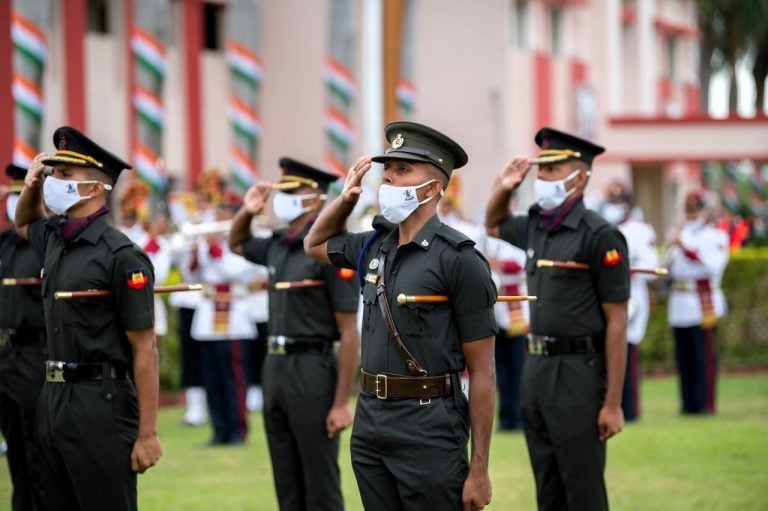The Picture Perception and Description Test (PPDT) is a vital component of the Services Selection Board (SSB) screening process. This test assesses a candidate’s ability to generate ideas, communicate effectively, and showcase their leadership qualities. The key to success in PPDT lies in the skillful crafting of strong and impressive stories that reflect your personality and problem-solving abilities. This article aims to provide candidates with valuable insights on how to write compelling stories during the PPDT in the SSB screening test.
- Understand the Format:
- Before delving into story writing, it’s essential to understand the format of PPDT. You are shown a picture for a brief duration, after which you are required to write a story based on what you perceive in the image. The story should have a central character, a situation, and a resolution.
- Quick Observation:
- Develop the habit of quick and effective observation. As you view the picture, take note of the central theme, characters, setting, and any noteworthy details. Your initial observation will lay the foundation for your story.
- Create a Strong Central Character:
- Your protagonist is the focal point of the story. Develop a strong, relatable character that embodies positive qualities such as leadership, determination, and adaptability. This character should face a challenge or situation that allows them to showcase these qualities.
- Establish a Clear Situation:
- Clearly define the situation or problem faced by the central character. This sets the stage for the narrative and provides context for the actions and decisions that follow. Ensure that the situation is relevant to the image shown.
- Build a Logical and Cohesive Plot:
- Craft a well-structured plot that flows logically from the initial situation to the resolution. Avoid abrupt shifts or disconnected events. Your story should have a beginning, middle, and end that unfold seamlessly.
- Incorporate Positive Traits:
- Emphasize positive qualities in your character, such as decisiveness, teamwork, courage, and resourcefulness. This is an opportunity to showcase the leadership attributes that the assessors are looking for in potential officers.
- Maintain Realism:
- While creativity is encouraged, maintain a level of realism in your story. Avoid exaggerated scenarios or fantastical elements that may seem implausible. The assessors are looking for practical problem-solving skills.
- Use Vivid Language:
- Enhance the appeal of your story by using descriptive and vivid language. Paint a clear picture of the characters, setting, and actions. Engage the reader (assessor) with your words and make the story come alive.
- Demonstrate Adaptability:
- If the picture is ambiguous or open to interpretation, be adaptable in your story. Showcase your ability to think on your feet and adapt to different situations. This flexibility is a valuable trait in potential military officers.
- Revise and Edit:
- Allocate time to review and edit your story. Check for grammatical errors, ensure clarity in your narrative, and confirm that the story aligns with the image presented. A well-edited story reflects attention to detail.
- Stay Positive and Solution-Oriented:
- Focus on positive outcomes and solutions in your story. Even if the initial situation is challenging, demonstrate how your character approaches the problem with a positive mindset and successfully resolves it.
Conclusion:
Mastering the art of writing strong and impressive stories for the PPDT in the SSB screening test requires a combination of observation skills, creativity, and effective communication. By creating well-rounded characters, establishing clear situations, and weaving cohesive narratives, candidates can leave a lasting impression on the assessors. Remember that your story is not just a written piece; it is a reflection of your problem-solving abilities, leadership potential, and adaptability – qualities that are highly valued in the selection process.


















